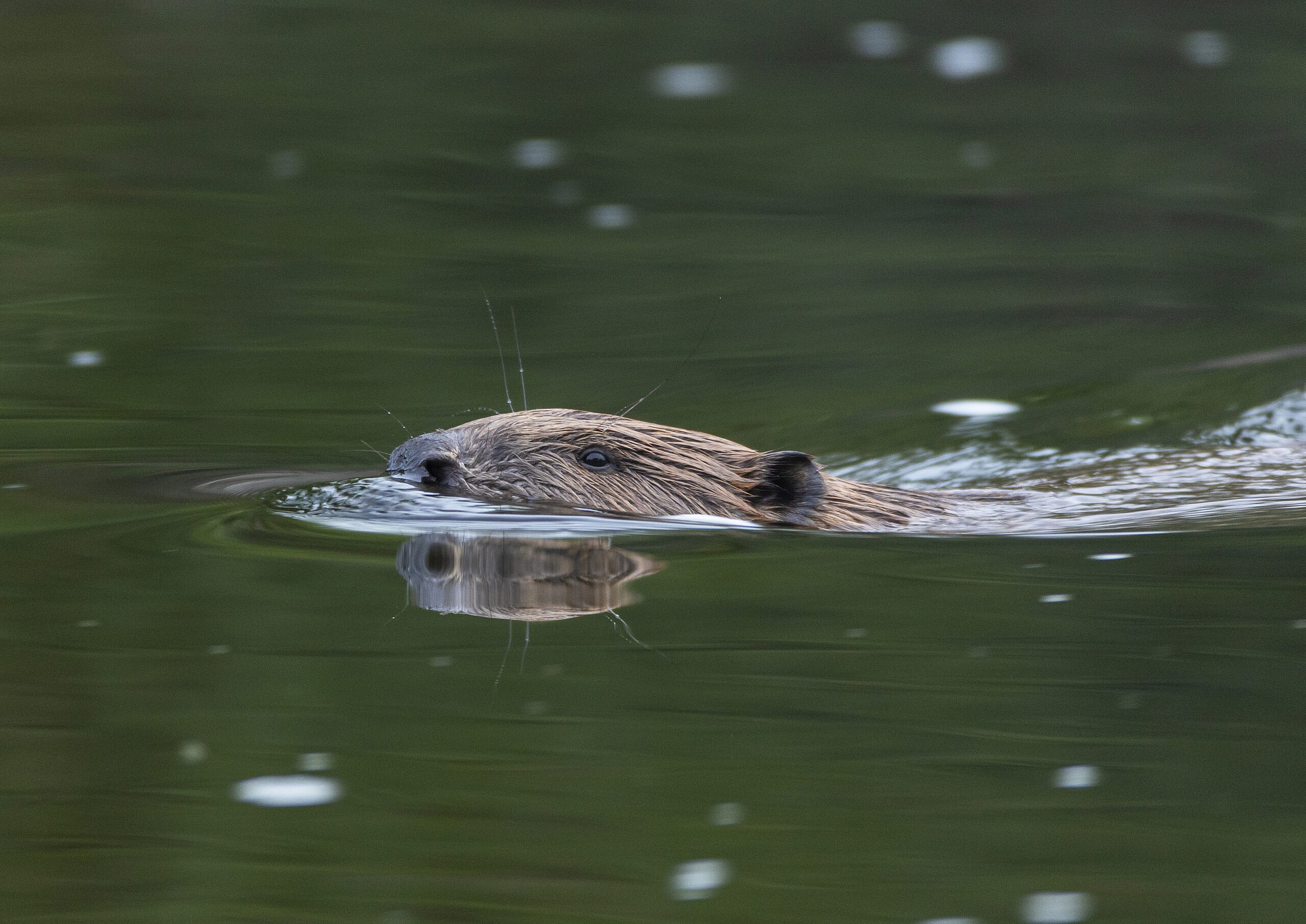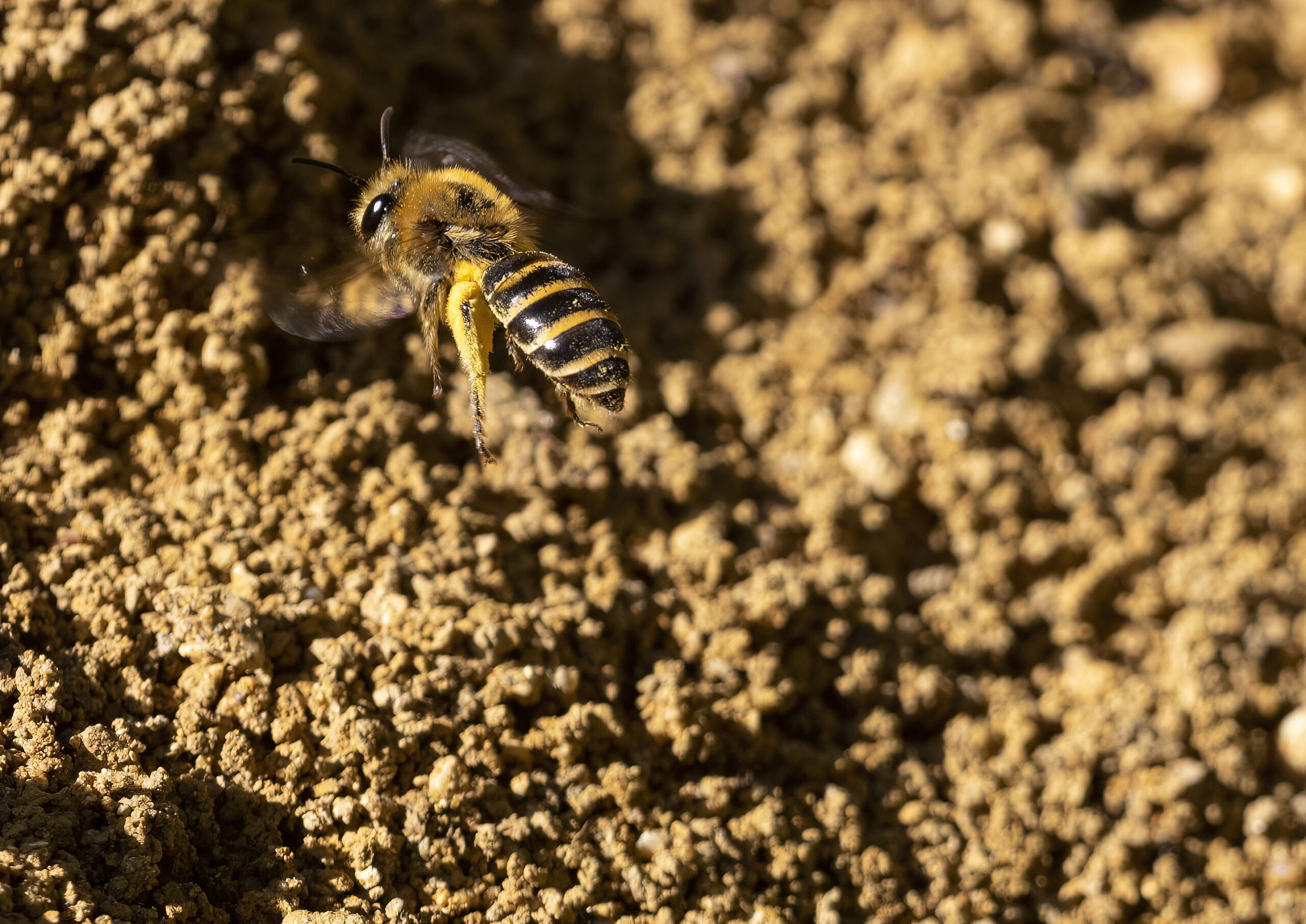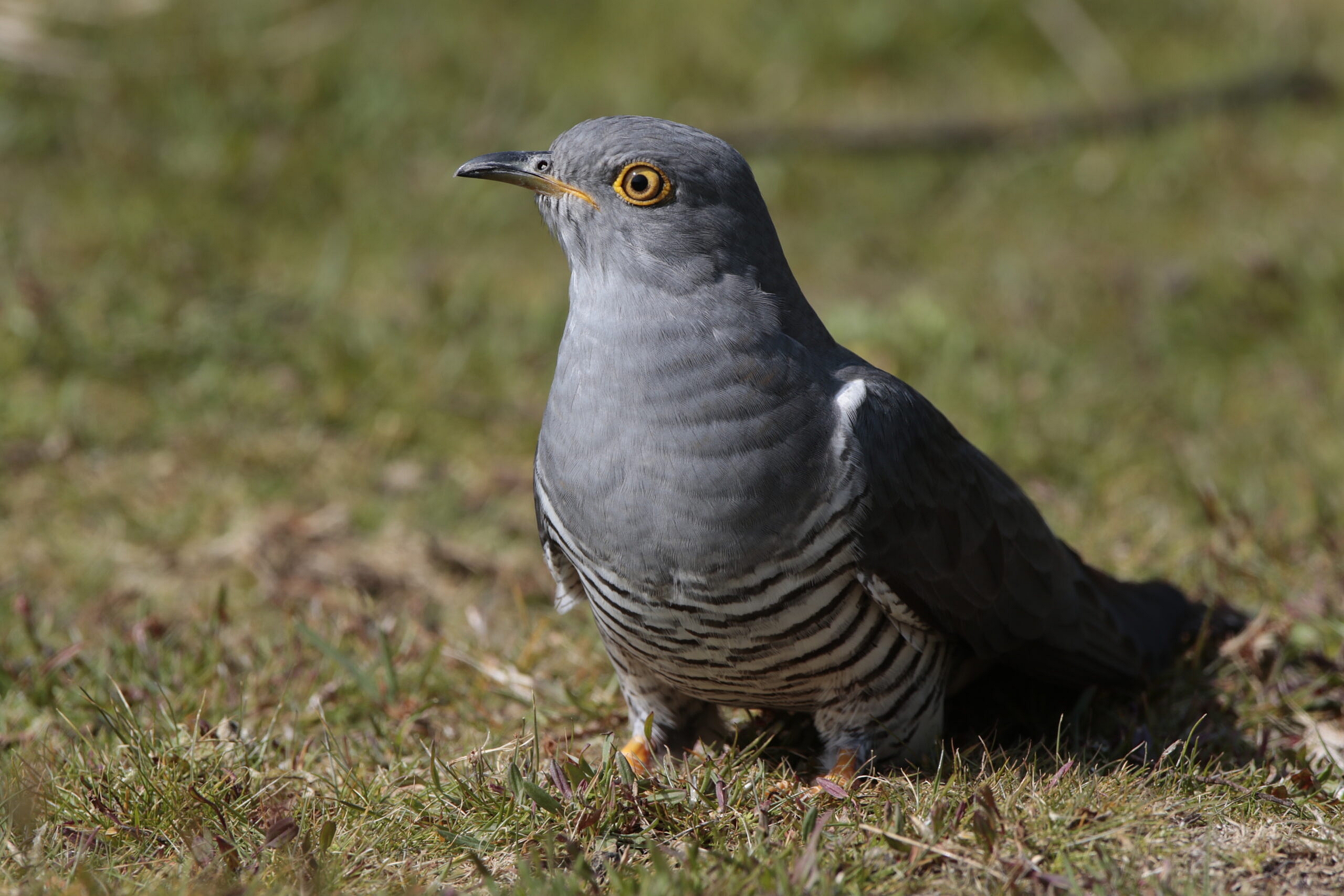I hear it long before I see it. A high bubbling call, that loops up in pitch like a referee with one of those old-fashioned pea-whistles getting increasingly annoyed. It’s a song of desolation and loneliness, a haunting sound that I associate with moors and estuaries, with vast skies and open spaces. It’s the call of a curlew.
It makes me pause. Seventy years before, Blakehill Farm would have throbbed to the sound of wartime Dakotas taking to the skies. Now it’s a nature reserve, home in winter to short-eared owls, and in the summer to whinchat, yellowhammer, corn bunting, and the skylarks who even now englobe me in sound, warbling as they parachute slowly back down from an achingly bright sky into the waving sea of grass that surrounds me. But curlew is a new sound for me here. It calls again, and even the skylarks seem to pause to admire it.
Through the wobbly heat-haze I spot it, a hundred yard ahead of me. A pheasant-sized bird in mottled camouflage of cream and chocolate, with a long neck, and an absurdly long, gently curving bill, fully two-thirds of the length of its body, which is uses to probe soft ground for invertebrates. It walks unhurriedly, fading in and out of the long grass stems, probing the soil left and right, a hunting tiger. I am so astonished by the encounter that I don’t spot the second bird at first. The curlew population nationally has dropped 80% in fifty years, and I realise that I am now looking at twenty percent of North Wiltshire’s curlews, a breeding pair, a small hope for the future.
The curlew fade away in the haze as if I had imagined them, a metaphor for their species, but then I hear that call again. It sweeps out, over the expanse of grass and the unending sky, demanding to be heard. If nothing else, the curlew won’t go quietly into the night.




Social Profiles